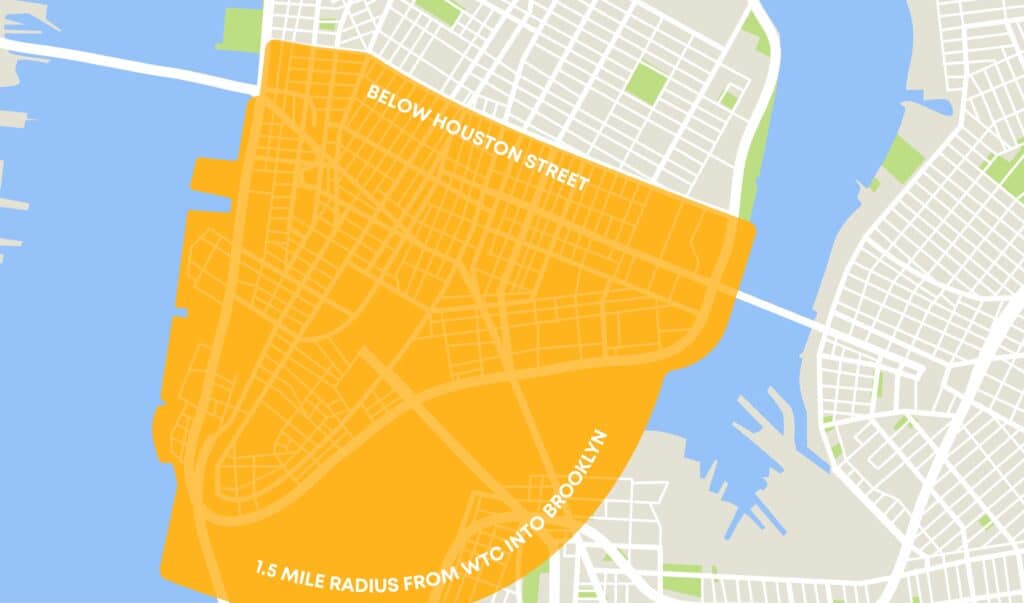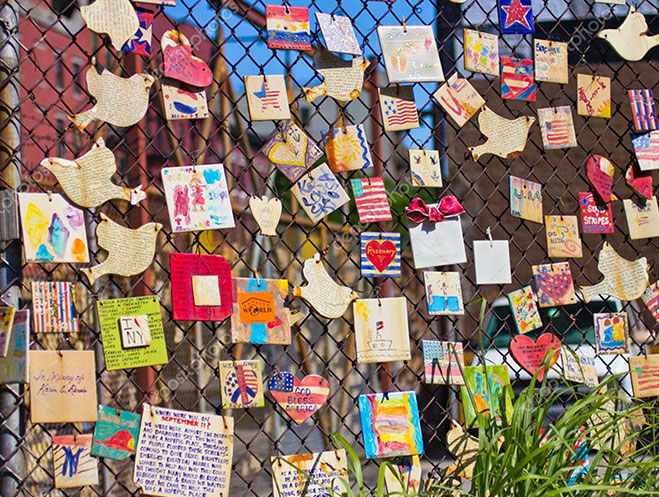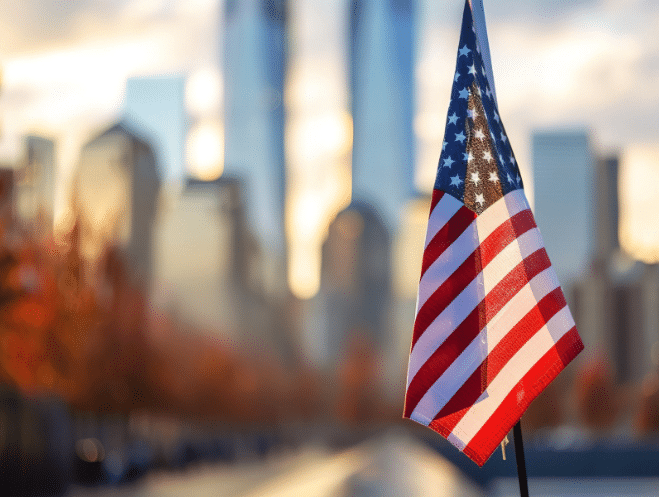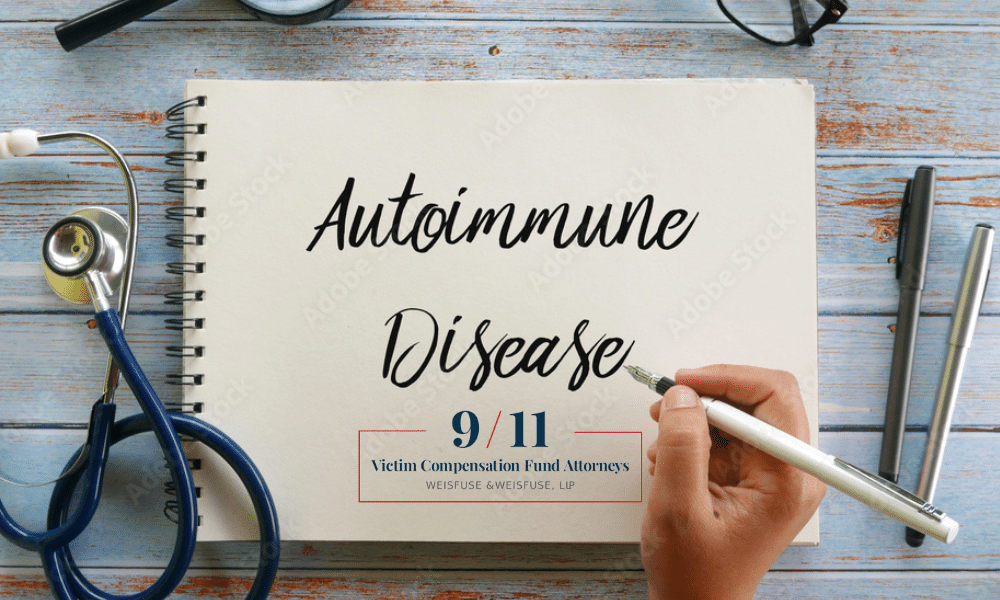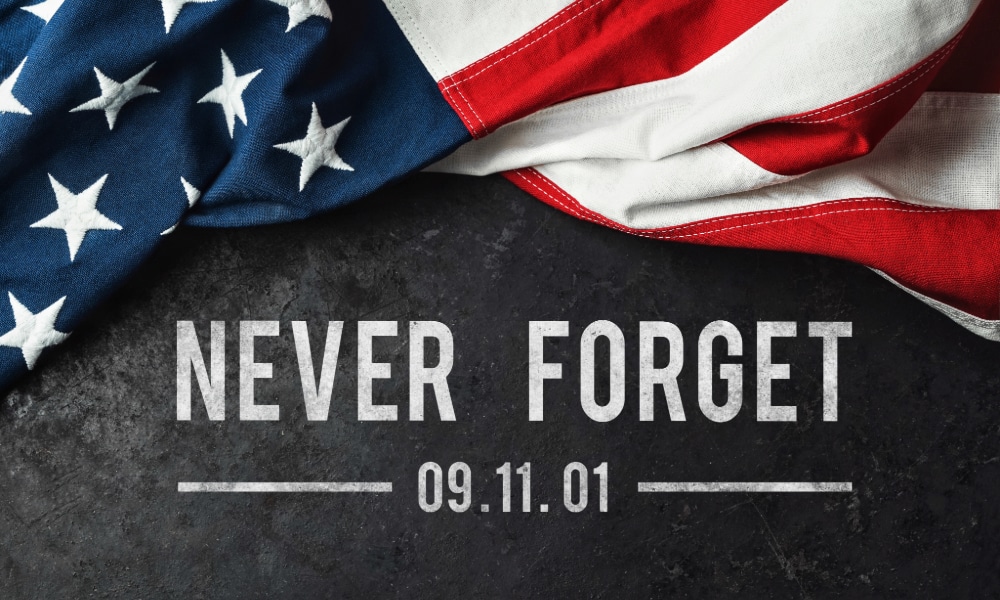
The 9/11 attacks on New York City and the Pentagon, and the plane crash in Pennsylvania, cannot be erased from our nation’s memory. However, for those who lived, attended school, or worked in the area of the World Trade Center, more than memories remain.
In addition to pervasive and chronic health conditions that resulted from exposure to the contaminated air and debris, for some residents, students, and workers, there are non-economic losses, including pain and suffering, that might be eligible for compensation. Let’s explore what those losses might include, and whether you are eligible for any non-economic losses, in addition to the cost of your medical treatment and lost income.
Who Qualifies for 9/11 VCF Compensation?
Immediately after 9/11, Congress passed the September 11th Victim Compensation Fund (VCF) to compensate those families who lost loved ones in the terrorist attacks and to compensate those who suffered injury and economic loss. However, as the years passed, it became clear that illnesses related to exposure to the contaminated air and debris emerged much later. To address these exposure-related diseases, in 2020, Congress enacted the James Zadroga 9/11 Health and Compensation Act (The Zadroga Act) which created a second program, The World Trade Center Health Program (WTCHP), to register and compensate those persons whose exposure to the contaminants eventually caused debilitating disease, lost income, and for some, loss of life.
The WTCHP has certified an extensive list of illnesses—cancers, pulmonary, and digestive conditions—that are eligible for medical treatment through the September 11th Victim Compensation Fund. This list includes over 69 types of cancers, 12 lung-related diseases, digestive diseases, as well as mental health conditions. An estimated 500,000 people returned to the World Trade Center area after 9/11, thus exposing themselves to toxic air and debris and the possibility of debilitating illnesses.
The September 11th Victim Compensation Fund provides tax-free awards to residents, students, and workers affected by the attacks.
Anyone who was in the exposure zone, all of downtown Manhattan south of Canal Street, from September 11, 2001 to May 30, 2002, for a significant amount of time, who experienced losses are eligible for benefits from the September 11th Victim Compensation Fund.
- Responders, NYPD officers, firefighters, and all emergency and rescue workers
- Clean-up workers
- Truck and bus drivers
- Residents of Lower Manhattan who lived in Lower Manhattan
- Students who attended schools located in Lower Manhattan
- Anyone working in Lower Manhattan
- Anyone present in the area when the Towers collapsed who was trapped in the dust and debris cloud
Furthermore, one must establish a significant amount of time in the exposure zone, south of Canal Street.
- Presence in the NYC Exposure Zone between September 11, 2001 and May 30, 2002
- Present for at least a significant number of hours
- Suffering from a WTCHP certified illness
The Zadroga Act extended the time period and expanded the exposure zone to qualify for awards under the WTCHP. The time period for exposure was extended from September 11, 2001 to July 31, 2002, and the exposure zone was expanded to include all of Lower Manhattan below Houston Street**.
To qualify for compensation, one must establish that the illness was linked to significant exposure in the disaster area and must enroll in the WTCHP.
How Much Are the 9/11 Victim Compensation Pain and Suffering Awards?
The purpose of the September 11th Victim Compensation Fund was to provide financial aid to downtown workers, residents, students, and first responders who get sick with any cancer, pulmonary, or digestive disease after exposure. These benefits, which range from $10,000 to $4,000,000, are calculated to cover medical expenses, lost earnings, and pain and suffering.
Pain and suffering is a legal term that describes physical pain, accompany suffering, and the loss of enjoyment of ordinary life.
Pain and suffering is considered a non-economic loss but is still eligible for compensation from the September 11th Victim Compensation Fund.
What Are Non-Economic Losses?
To qualify for compensation, the pain and suffering experienced must be caused by a certified illness resulting from significant exposure to the contaminated air and debris in Lower Manhattan. However, once that illness is established, then any compensation award can include pain and suffering.
Pain and suffering includes:
- Chronic and pervasive pain caused by a 9/11-related illness
- Emotional distress resulting from the 9/11-related illness and its impact on daily living
- Inability to enjoy life as one did before 9/11
- Loss of companionship
- Physical impairment
- Injury to reputation caused by the 9/11-related illness and its impact on your ability to work
Pain and suffering can be compensated even if the disease is not permanent and did not interfere with your ability to work. However, mental pain, such as Post Traumatic Stress Disorder, cannot be compensated independently of any certified disease. Any mental anguish must be connected to a certified cancer, pulmonary, or digestive disease in order to be eligible for compensation.
How Are Non-Economic Losses Calculated?
Non-economic losses, such as pain and suffering, have statutory limits. For example, the September 11th Victim Compensation Fund F can award compensation for non-economic losses for certified cancers from $90,000 to $250,000 depending on the type of cancer and the medical evidence showing spread and range of disability.
The Zadroga Act authorizes compensation up to $250,000 for a single cancer, although a Special Master can exceed this statutory limit if the claimant suffers from more than one type of eligible cancer, or has a second, non-cancerous but certified condition.
For non-economic claims for diseases other than cancer, the September 11th Victim Compensation Fund can award between $10,000 and $90,000, depending on the disease’s severity and debilitating impact. Diseases such as emphysema, interstitial lung disease, asbestosis, and sarcoidosis receive the highest compensation levels because of their debilitating symptoms.
Qualifying for Compensation for “Pain and Suffering” Damages
A 9/11 responder or survivor, including those residents, students, and workers exposed through their presence in the exposure zone for a significant period of time, can qualify for pain and suffering damages. In addition, the spouse or dependents of a 9/11 responder or survivor who has died as a result of a 9/11-related health condition is entitled to compensation for their loss. The Zadroga Act authorizes non-economic loss to an eligible victim to $250,000 and $100,000 for the victim’s spouse and each of the dependents.
How We Can Maximize Your Recovery for 9/11-Related Losses
The skilled September 11th Victim Compensation Fund attorneys at Weisfuse & Weisfuse, LLP have successfully helped clients get the best possible awards for 9/11-related medical, economic, and non-economic losses. We know how to guide our clients through the complex and often confusing process of:
- registering with the WTCHP
- establishing presence for a significant amount of time within the exposure zone during the applicable period
- documenting certified medical conditions and the cost of treatments
- evidencing economic loss with proper documents and affidavits
- establishing non-economic losses, including pain and suffering
- updating information as medical conditions progress
- revising claims for surviving spouses and dependents
To discuss your situation and learn more about how we may be able to help you and your family, please call us at 212-983-3000 or contact us online to schedule a free consultation.
** Numerous advertisements and media outlets are informing New Yorkers about their possible eligibility for 9/11 benefits if they were in Lower Manhattan during the attacks and suffer from health conditions due to toxic dust exposure. At Weisfuse & Weisfuse LLP, we emphasize that the “exposure zone” isn’t limited to Canal Street but can extend further to Houston Street.

About Jason Weisfuse –
9/11 Victim Compensation Fund Attorney
About Jason Weisfuse –
9/11 Victim Compensation Fund Attorney
Jason E. Weisfuse is a seasoned 9/11 cancer attorney and managing partner at Weisfuse & Weisfuse, LLP, a New York City-based law firm dedicated to representing individuals affected by the September 11th attacks. Since the establishment of the September 11th Victim Compensation Fund (VCF), Jason has been instrumental in assisting first responders, survivors, and families in securing the compensation and medical benefits they deserve.
With a Juris Doctor from New York Law School (2009), Jason brings extensive experience regarding the 9/11 Victim Compensation Fund to his practice. His deep understanding of the VCF and the World Trade Center Health Program (WTCHP) has enabled him to navigate complex claims processes effectively, resulting in substantial awards for his clients.
Jason’s commitment to the victims in the 9/11 community is evident through his active involvement in professional organizations such as the New York State Trial Lawyers Association and the American Association for Justice. He has also contributed to legal discourse with publications in the New York Law Journal, reflecting his dedication to legal excellence and advocacy.
At Weisfuse & Weisfuse, LLP, Jason continues to provide compassionate and knowledgeable representation, ensuring that those affected by 9/11 receive the support and compensation they are entitled to.


